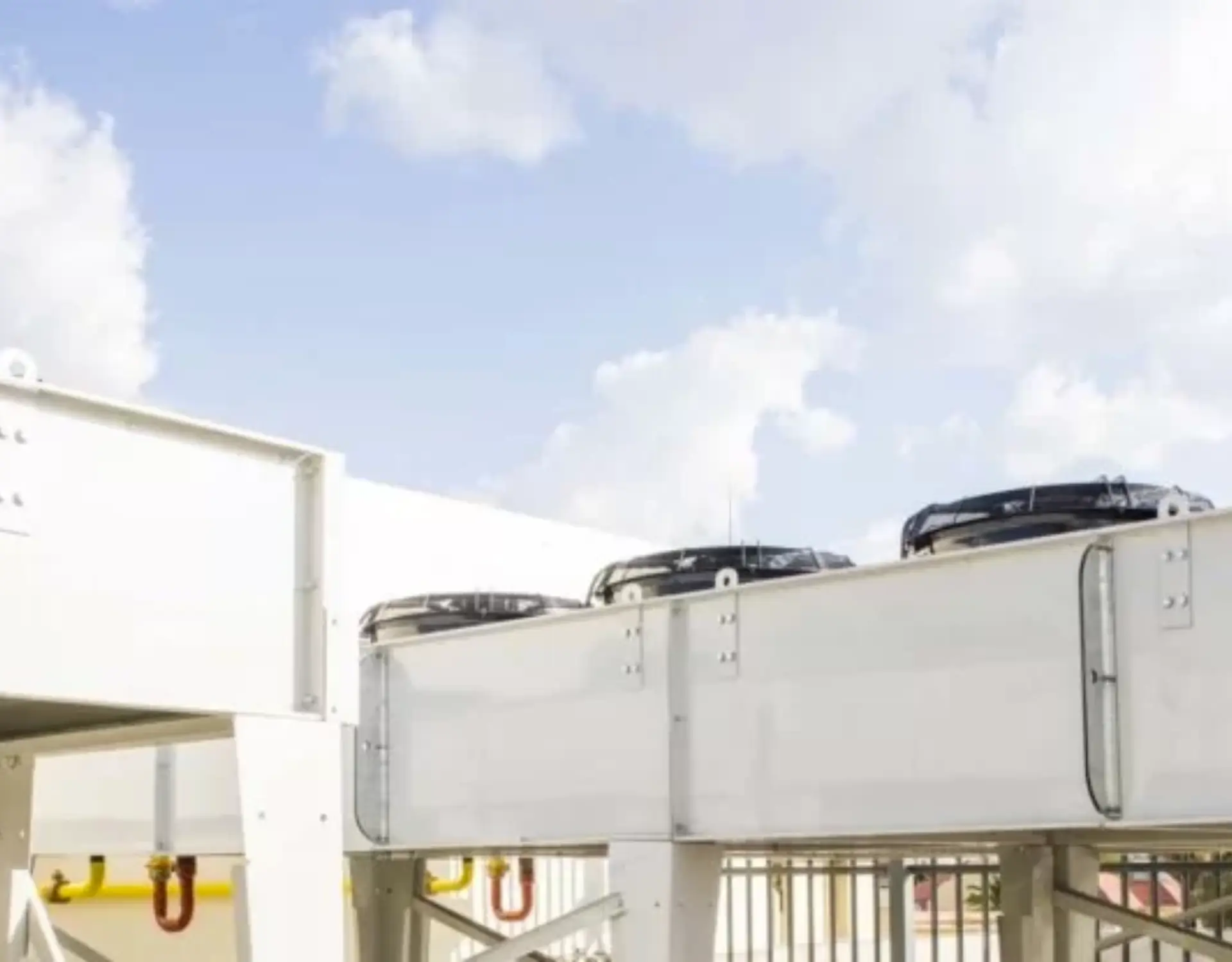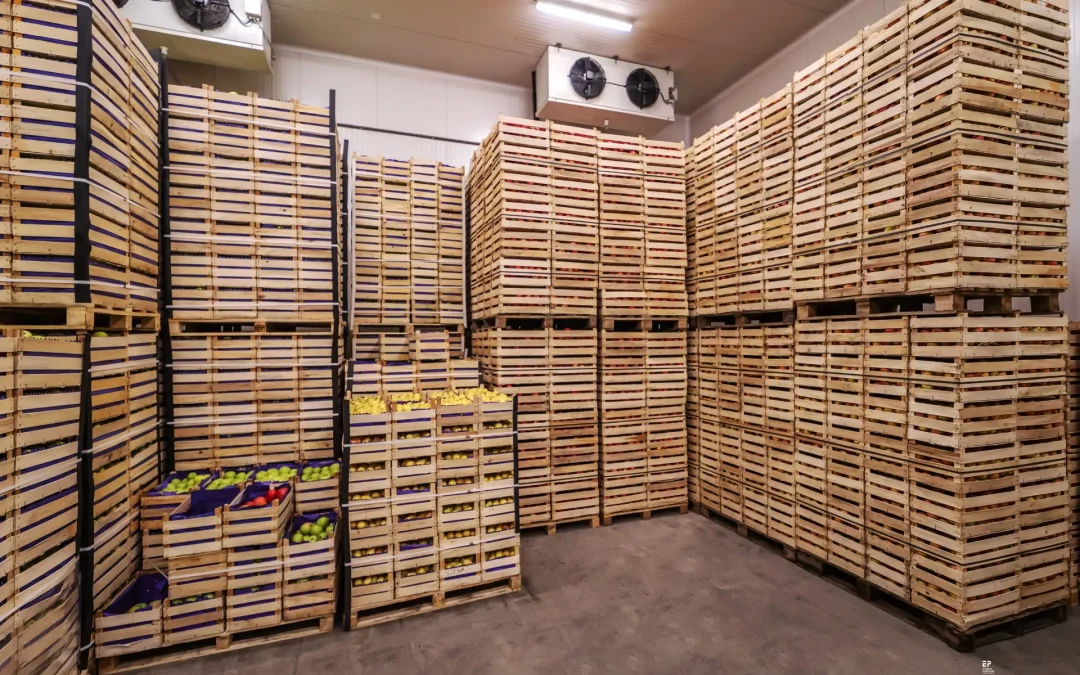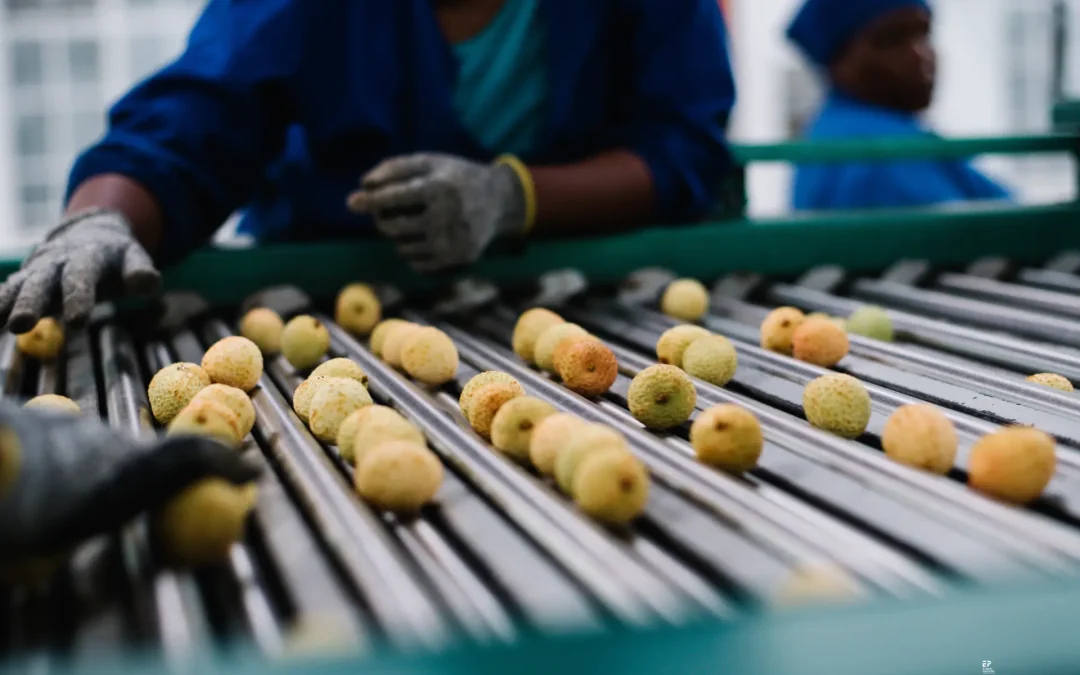Over the years, EP Refrigeration has become exceedingly efficient at providing outsourced refrigeration solutions to large operations in South Africa. However, replicating this model in other African countries means that the company will once again need to build skills and supplier networks from the ground up. This is exactly what EP Refrigeration is currently doing in Namibia, where one of its largest clients has been growing its own footprint.
As Dawie Kriel, Director of EP Refrigeration – a division of Energy Partners and part of the PSG group of companies – explains, Shoprite/Checkers is currently in the process of opening and upgrading a number of new and older branches throughout Namibia. The latest project that EP Refrigeration has undertaken for this client is Checkers Wernhill – a new signature retail outlet in Windhoek.
“The main challenge for the client in terms of their refrigeration is to contain their operating costs. Electricity tariffs are high (energy tariffs in the region are around 50% to 80% higher than in South Africa), and there is a shortage of skills and equipment in the refrigeration sector, which means regular maintenance may become problematic if the client chooses to manage the refrigeration system in-house. As such, the client chose to partner with a service provider such as ourselves, who could own and operate the refrigeration systems while purely selling refrigeration as a utility.”
The solution
As Kriel points out, a major advantage of the Wernhill project was the fact that it was a completely new installation – as opposed to a refit, where the contract team must operate around the schedule of a site that is already in operation.
It was a big installation, and the deadlines set for EP refrigeration were incredibly tight, but Kriel states that the team was able to deliver.
The installed plant needed to provide 250kW of medium temperature cooling as well as 35kW of low temperature cooling. Water conservation is also extremely important in Namibia, meaning that air-cooled condensers would be required, instead of evaporative condensers.
Designed in collaboration with WSP Consulting Engineers, the refrigeration system is based on two medium temperature multiplex racks, manufactured by EP refrigeration. It consists of four Bitzer compressors and a set of HC cooling coils and condensers. One of the compressors in this configuration has digital compressor unloading and integrated compressor diagnostics to ensure the highest possible constant suction pressure.
In addition to this, there are also three low temperature mini-multiplex racks housing two Bitzer compressors. As with the medium temperature set, one compressor also has digital compressor unloading and integrated compressor diagnostics. The entire system is controlled via Carel Control technology.
Building a network for outsourced refrigeration
As Kriel pointed out before, one of the major challenges for the owners of refrigeration systems in the country is the availability of skills to service the equipment. “As a result, companies have historically opted to install the simplest technologies available, in order to simplify maintenance as much as possible. The problem with this is of course that the simplest technologies are not necessarily the most efficient. So while the owner may manage to minimise on downtime, everyday operation remains relatively expensive.”
EP Refrigeration needed to be able to install state-of-the-art systems for the client that operated at optimal efficiency, as well as devise a means to support it.
“Operating on an outsourced contract meant that it was our responsibility to find a way of supporting the maintenance aspect of the system. To start, we launched an EP Refrigeration office in Namibia last year, which would provide the technical support for this as well as future projects. Next, we cultivated very close partnerships with local contractors for whom we could provide additional training and resources, so that they could service the systems that we installed.”
With all of these measures being quite new in the country, Kriel states that EP Refrigeration had to first prove that the company’s outsourced model was viable before it could take on a flagship project like Wernhill.
Proof of concept
Before taking on the project at Wernhill, EP Refrigeration was contracted to refurbish the refrigeration system at Shoprite/Checkers’ branch in Katima Mulilo, situated in Namibia’s Zambezi region. This project, while smaller than Wernhill, played a crucial role in enabling future outsourced refrigeration projects in Namibia.
“The Katima project was a massive success in terms of the energy and cost savings that the client was able to achieve, and when the client contracted EP Refrigeration to work on the Wernhill project, the ultimate aim was that we replicate the results of the Katima Mulilo project.”
Firstly, Kriel notes that the refrigeration system installed at the Shoprite/Checkers in Katima Mulilo would be the proof of concept for the solutions developed by EP Refrigeration. “To start, we needed to demonstrate the viability of the mini-multiplex solution that we had developed specifically for the smaller low temperature systems. Multiplex systems are commonplace in the industry, but smaller retail operations and even larger stores in remote locations still tend to use simplex systems – where each refrigeration circuit has its own dedicated compressor.”
The mini-multiplex system makes use of two dedicated compressors and a condenser unit to operate a number of the outlet’s refrigerators, Kriel points out that the remote location makes it difficult to immediately send out a maintenance team in the event that anything goes wrong. “Interrupted refrigeration is simply not an acceptable outcome, which is why we had to build a number of redundancies into the system, that would limit the impact of any major maintenance issues and allow the client to maintain normal operation if the main unit goes offline.”
At the same time, this was also the time in which EP Refrigeration needed to establish its monitoring and maintenance network in the country, in order to effectively operate the outlets’ refrigeration system remotely.
“We did our utmost to build a refrigeration system that would not only suit the needs of this flagship outlet, but also one that is visually streamlined and neat. It required significant attention to detail and in the end, EP Refrigeration delivered a system that was fit for a flagship store in every way,” Kriel concludes.





